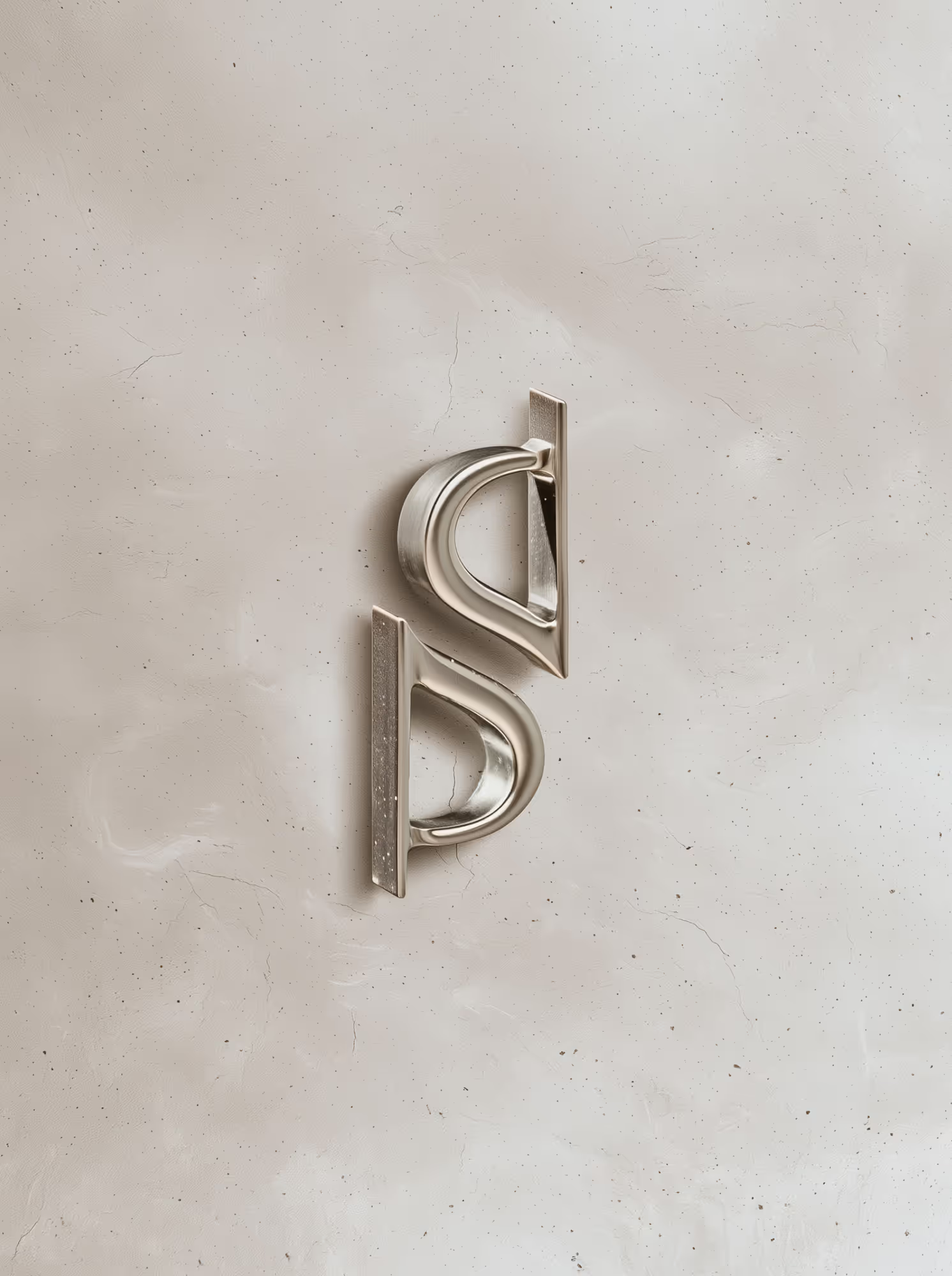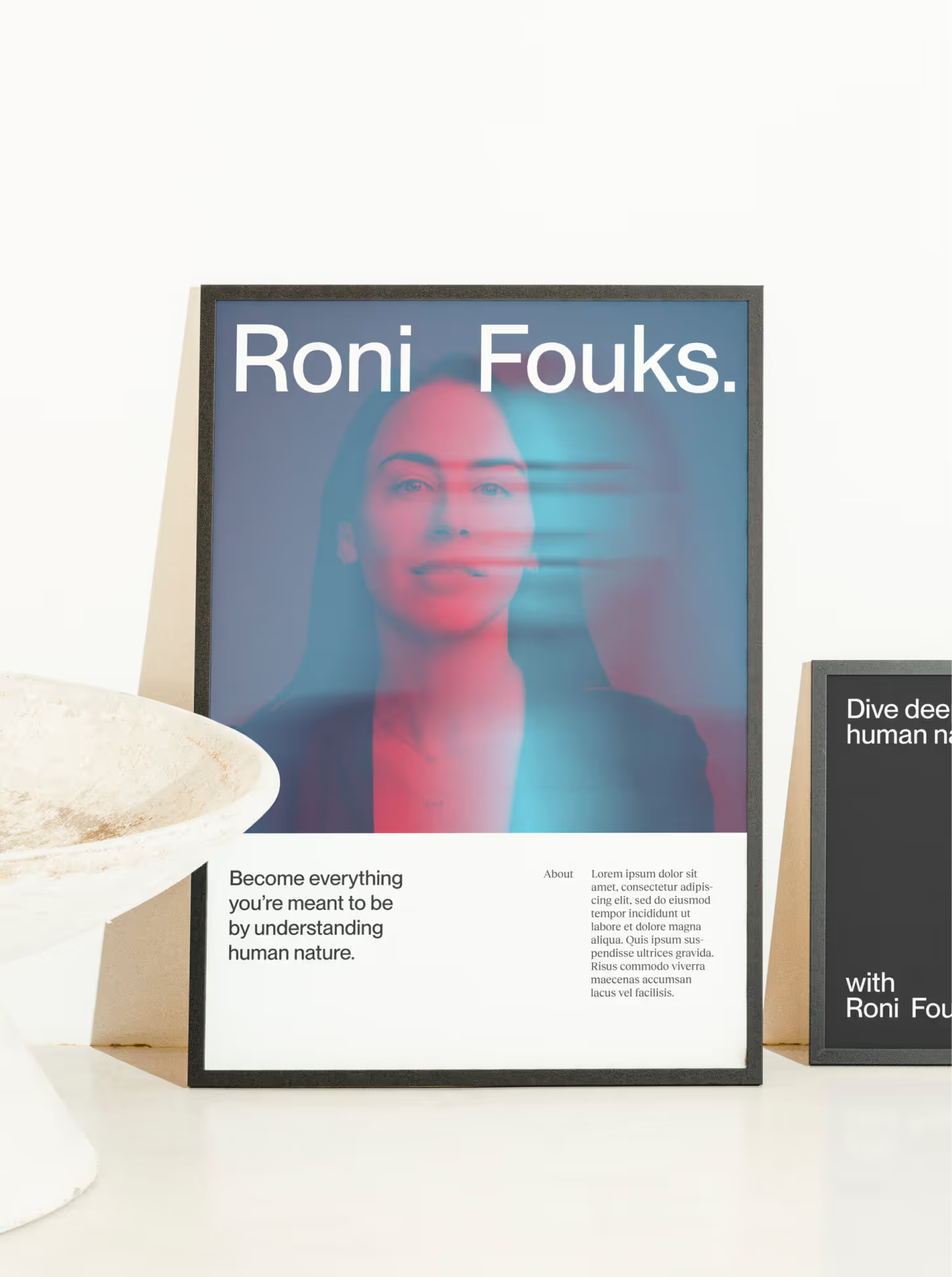Tel Aviv, Paris, San Francisco
.avif)
Is AI Taking Over the Job of Designers? Why Collaboration Is Key
As artificial intelligence (AI) continues to advance, more and more industries are feeling its impact. Design is no exception, and it's only natural to wonder if AI is taking over the job of designers. The answer is complicated
.avif)

As artificial intelligence (AI) continues to advance, more and more industries are feeling its impact. Design is no exception, and it's only natural to wonder if AI is taking over the job of designers. The answer is complicated—it's more of a tool than a replacement. Sure, AI can automate certain tasks and improve efficiency, but it can't have the same creativity and intuition that a human designer possesses.
In this captivating blog post, let's delve into the intriguing relationship between AI and designers. We will explore the power of their collaboration, leveraging their unique strengths, and understand why this partnership is vital for the future of design. So, grab a refreshing cup of coffee and embark on this exhilarating design future with us!
AI is a tool, not a replacement
First, let's clarify something. AI, or artificial intelligence, is a powerful tool that has the potential to revolutionize the design process. It can automate repetitive tasks, help iterate through design options, and even generate multiple design alternatives. However, it's important to note that AI should not be seen as a replacement for designers. Designers bring a unique set of skills, including creativity, intuition, and a deep understanding of human emotions and behaviors.
While AI can analyze vast amounts of data and make informed suggestions, it lacks the ability to truly understand the nuances and complexities of human experience. Designers, on the other hand, are able to empathize with users, anticipate their needs, and create meaningful and impactful designs.
The ideal approach is to leverage the power of AI in conjunction with human intuition and decision-making. By combining the analytical capabilities of AI with the creativity and empathy of designers, we can achieve the best of both worlds. Designers can use AI to streamline their workflow, gain insights, and explore new possibilities, while still maintaining their critical role in the creative process.
Let us wholeheartedly embrace AI as a valuable addition to the designer's toolkit, while also acknowledging and celebrating the invaluable contributions that human designers bring to the field of design. Together, AI and human designers have the power to push the boundaries of what is achievable and craft truly extraordinary experiences.
Creativity can't be replaced by AI
One of the most remarkable advantages human designers possess over AI is their innate ability to tap into their creative instincts, unleashing a world of imagination, experience, and emotions. Unlike AI, creativity cannot be coded as a mere program; it is a captivating interplay that allows human designers to infuse their artistry into their work. The result? Designs that not only delight the eyes but also deeply resonate with the audience.AI and designers should collaborate, not compete
When it comes to design, AI can generate countless variations, but it is the discerning eye and artistic intuition of human designers that ensure the final piece evokes profound emotions and establishes a genuine connection with viewers. The human touch in design goes beyond aesthetics; it weaves narratives, evokes nostalgia, and ignites curiosity. It is this human element that breathes life into designs, transforming them from visually appealing artifacts into captivating experiences that resonate on a personal level.
In a world where AI continues to advance, the role of human designers becomes increasingly crucial. Their ability to embrace the intangible aspects of design, such as storytelling and emotional connection, sets them apart, ensuring that design remains a deeply human endeavor that machines cannot replicate. It is the fusion of AI's computational power and human creativity that holds the key to unlocking the limitless potential of design in the future.
It is imperative to consistently bear in mind that AI is not a rival to designers. Rather than being in competition, AI and designers should unite to collaborate and co-create, leading to superior designs and an enhanced creative process.Instead of viewing AI as a threat, designers should embrace it as a powerful tool that can greatly enhance their efficiency and effectiveness. By harnessing the capabilities of AI, designers can generate a multitude of innovative ideas, iterate designs more swiftly, and dedicate more of their precious time to the creative aspects of the project. This allows their imagination to flourish and thrive. Together, AI and designers possess the potential to revolutionize the design landscape and unlock new frontiers of creativity.
The future of design involves AI and designers working together
The truth is, AI is rapidly becoming an integral part of the design field, permeating every aspect of it, and its influence is only set to grow stronger. With its immense potential, AI has the power to revolutionize the way designers operate, streamlining their work processes, and enabling them to craft designs of even greater impact and significance. However, for this symbiotic relationship between AI and designers to truly flourish, designers must not only embrace AI but also proactively learn how to seamlessly incorporate it into their creative workflows. It's important to note that this collaboration isn't about replacing designers with AI, but rather about empowering designers to unleash their full potential and achieve even better results through the powerful tools and capabilities that AI brings to the table. By embracing the possibilities that AI offers, designers can unlock new realms of creativity, pushing the boundaries of design and delivering exceptional work that resonates with audiences on a profound level.
Embracing AI: A Paradigm Shift in Design
Here are a few AI design tools that are transforming the design landscape:
- DeepArt: This tool uses AI to transform photos into works of art, mimicking the style of great painters such as Van Gogh and Picasso.
- Adobe Sensei: Part of the Adobe family, this AI-powered tool enhances the design process by optimizing routine tasks and offering intelligent suggestions.
- Canva's Design Suggestions: Canva uses AI to suggest design elements and layouts based on the content you add to your design.
- Autodesk's Dreamcatcher: This tool applies generative design technology to create optimized design options, given the specific parameters and constraints.
- Runway ML: A user-friendly platform that allows designers to implement machine learning models into their designs. It's a creative toolkit for the age of AI.
- Wix ADI (Artificial Design Intelligence): This AI tool creates customizable website designs based on user-provided information.
Conclusion
In conclusion, AI isn't taking over the job of designers. Instead, it's becoming a valuable tool that can assist designers in creating better work. Creativity and intuition are vital aspects of design that AI cannot replicate, which is why AI and designers should work together in collaboration. By embracing AI and learning how to incorporate it into their workflow, designers can generate more innovative ideas and designs, saving time, and create better outcomes. AI and designers working together is the future of design, and those who embrace it will reap the rewards.








